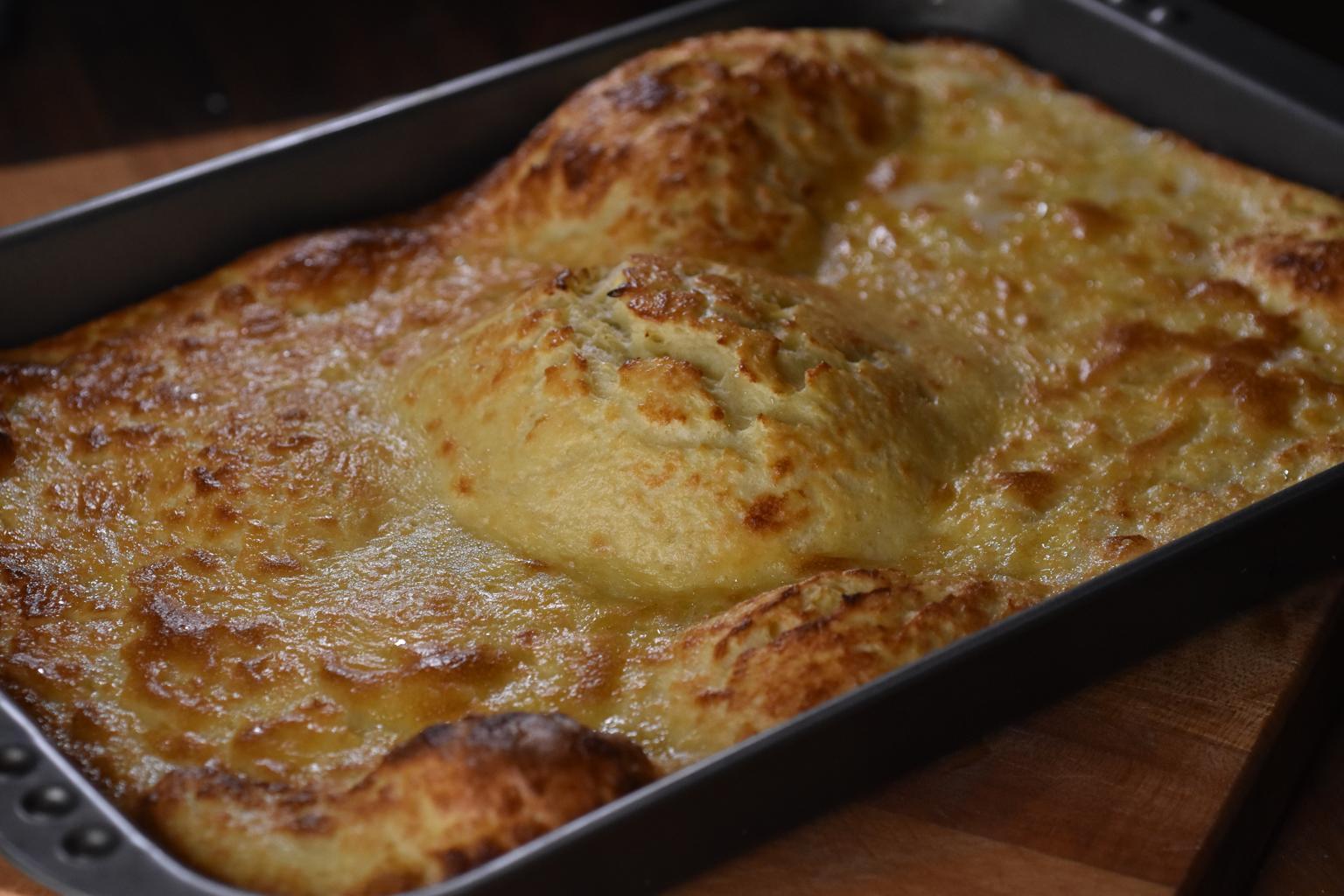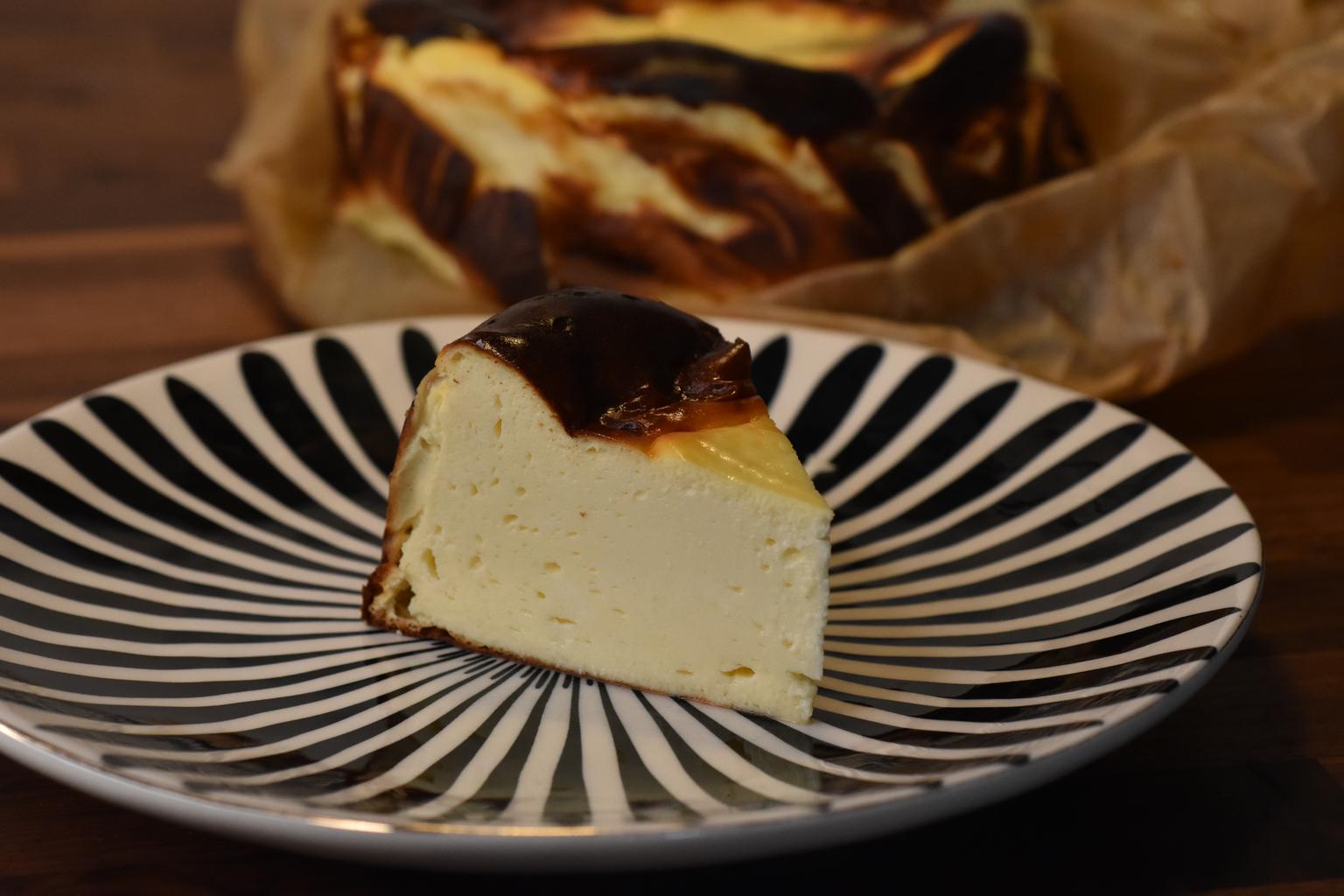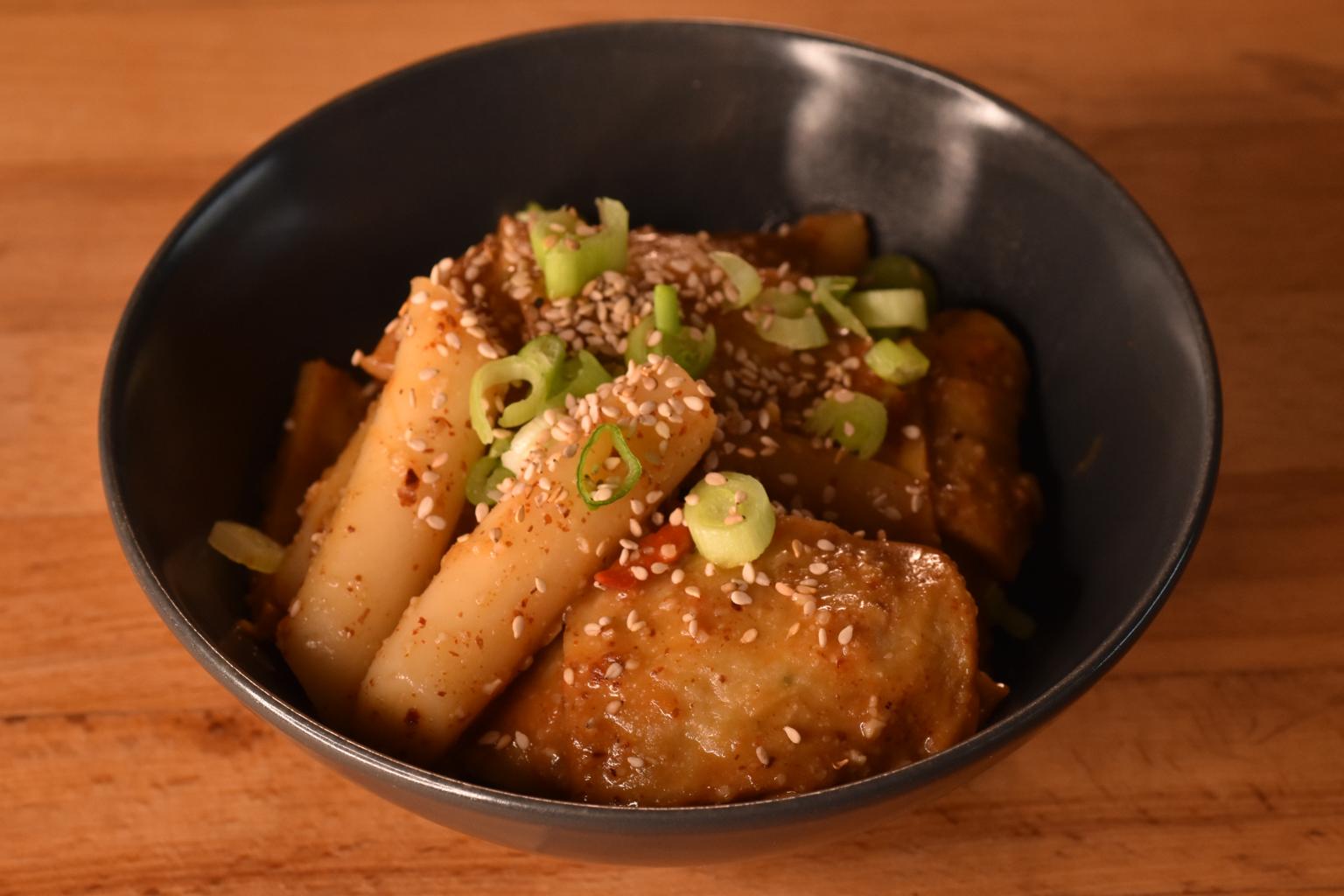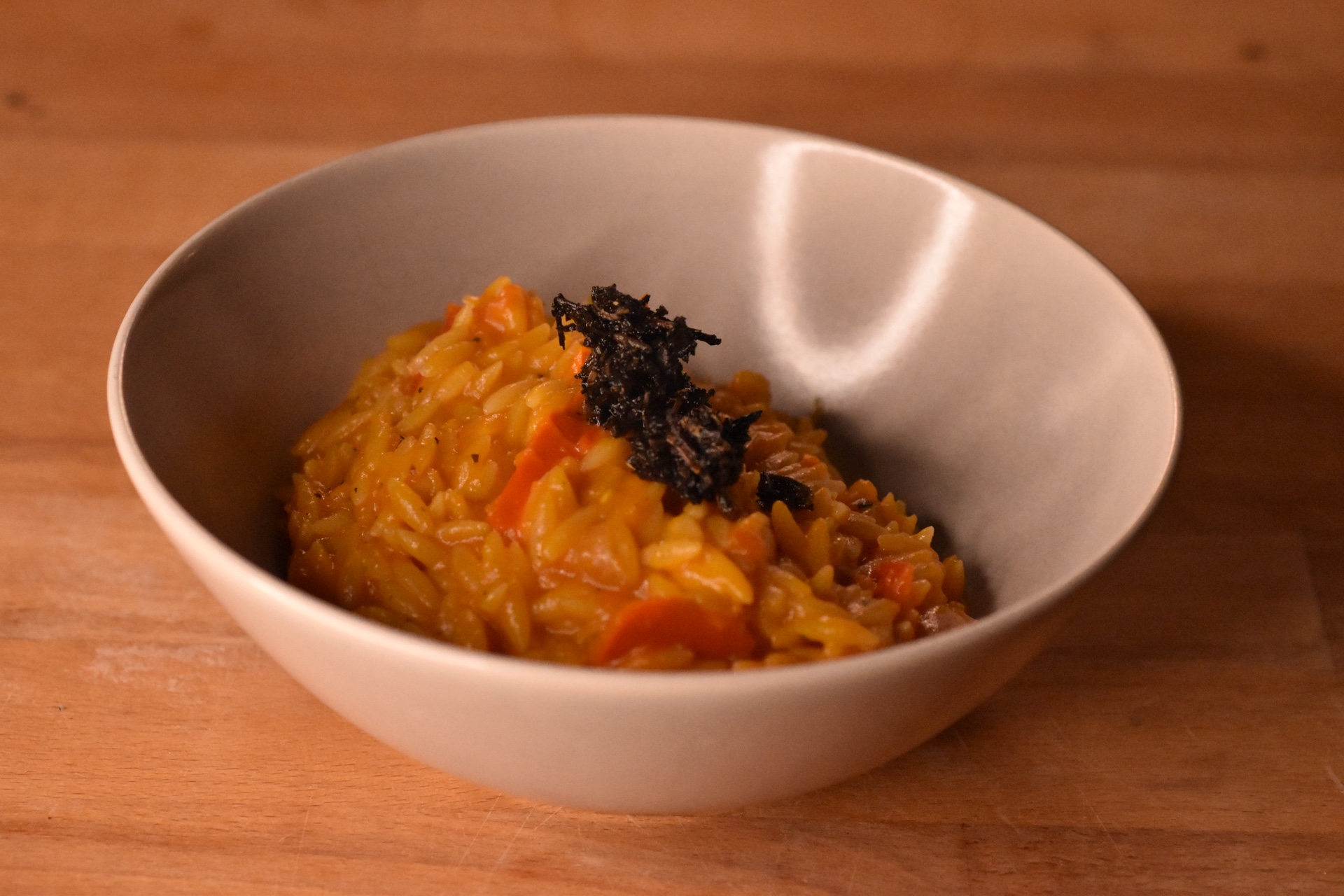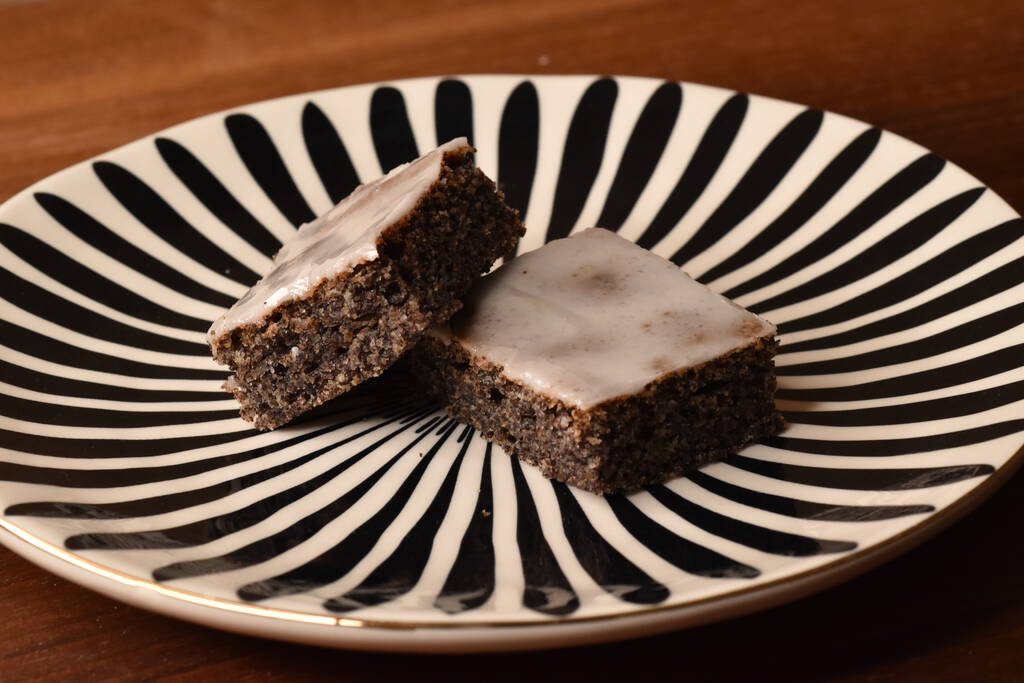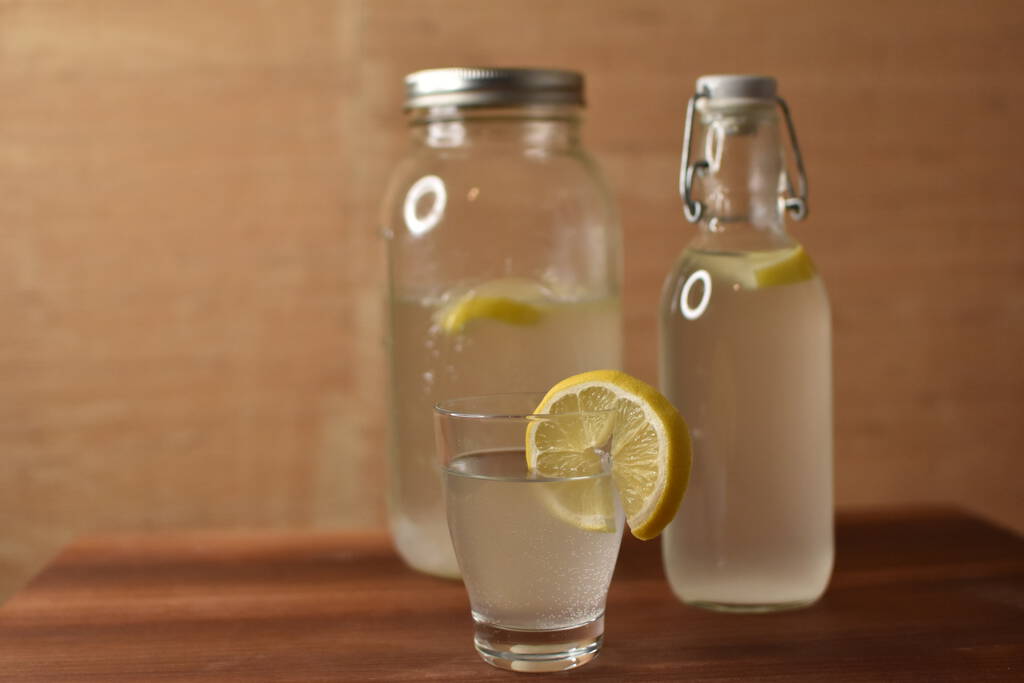
Thanks to my amazing Wichtl I finally got my hands on water kefir grains. To get a better understanding of the process I’m going to write down my findings, and most likely fails, along the way of trying to create great kefir. Thanks Francesco for making this journey possible.
I do have 1.5 years of experience with making kombucha, though I never tried water kefir before. I’m starting this journey with 27.5g of water kefir grains, a small sheet with very basic instructions and a lot of flavor ideas that might or might not work better with kefir than with kombucha. Wins and errors, here we come ;)
First Tries
First Batch
F1:
- 1kg water
- 27.5g grains
- 80g sugar
- two lemon slices
- 4 days fermentation
After three days the kefir was still way too sweet so I let it sit for another day. The grains did grow to 33.5g after those 4 days.
F2:
For the second fermentation I only added half a slice of lemon to each 0.5l bottle as there was still a lot of sweetness left. I let it sit for 1.5 days at room temperature for the F2. It was still very sweet but also a bit alcoholic.
Update: I let the second bottle out for another day (2.5 days in total) just to see how it develops. The sweetness was less as expected though surprising so was the alcoholic note.
Next time reduce the sugar in F1 to 60g to reduce the sweetness and potentially allow a shorter fermentation time. Maybe try ginger in the F2 to increase the carbonation.
Second Batch
As I started the second batch when bottling for the second fermentation I again used 80g of sugar (same recipe as in first batch).
F1:
- 1kg water
- 33.5 g grains
- 80g sugar
- two lemon slices
- 4 days fermentation
Kefir grew from 33.5 to 40g. This time there was a bit of yeast. Cleaned the vessel with water and let it rest with hot water for 5 minutes (should kill yeast). Cleaned grains with cold water for a minute. Lets see that did the trick.
F2: hand full of frozen blueberries and half a lemon slice per bottle. Once bottle has a piece of ginger in addition. The yeast was pretty noticeable in taste. The ginger did go pretty well with it while the fruit only one did not. In case of yeast in the F1, go for ginger, hop, herbs,.. but not fruits.
Third Batch
F1 (Sat.):
- 1kg water
- 40g grains
- 60g sugar
- two lemon slices
- 2.5 days ferment (grew 4.8g)
Once the kefir grew enough to start a second batch in parallel try to substitute the lemon slice with citric acid instead. This would not require lemons and would allow a more controlled flavor in the second fermentation.
F2: sage, hop and ginger
4th Batch
- 1kg water
- 44.8g grains
- 80g sugar
- 1/8 tsp citric acid
- 4.5 days
Better taste than before by far, even with that long fermentation. Citric acid is a winner!
F2: raspberries (4 and 8 pcs)
5th batch
F1 (Sat)
- 1kg water
- 50g grains (potentially bit more, lost some during washing)
- 60g sugar
- 1/8 tsp citric acid
- 4 days fermented in the dark
The grains did not grow as much as expected. Potentially light is good for kefir grains?
6th batch
F1
- 1kg water
- 51g grains (potentially bit more, lost some during washing)
- 50g sugar -1/8 tsp citric acid
Things to try
- darken the vessels completely during F1 and F2
Lessons learned
- Go for ginger, herbs, spices, hops,.. if you have yeast in the F1. Fruits do not go well with that flavor.
- Citric acid instead of lemon slice in F1 gives a way better taste.
- Ginger in F2 for better carbonation helps but is not as potent as with Kombucha.
- F2 is way less powerful than it is with Kombucha. The drink does loos very little sweetness in two days. Though getting white yeast taste in the F2 is pretty easy when going for a longer one.
